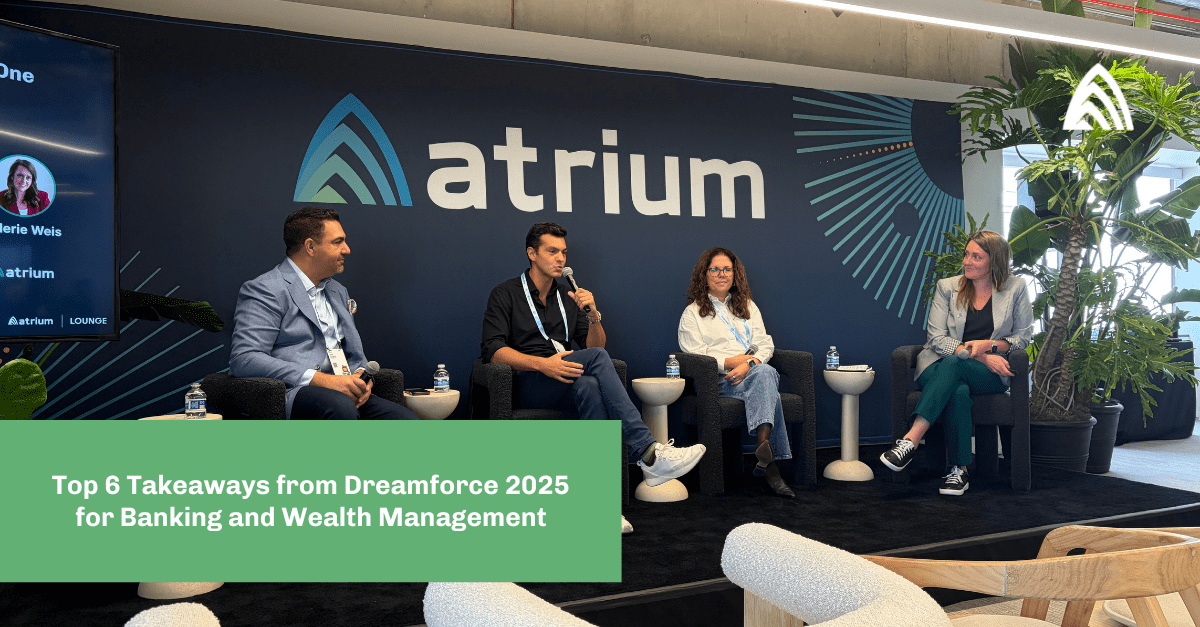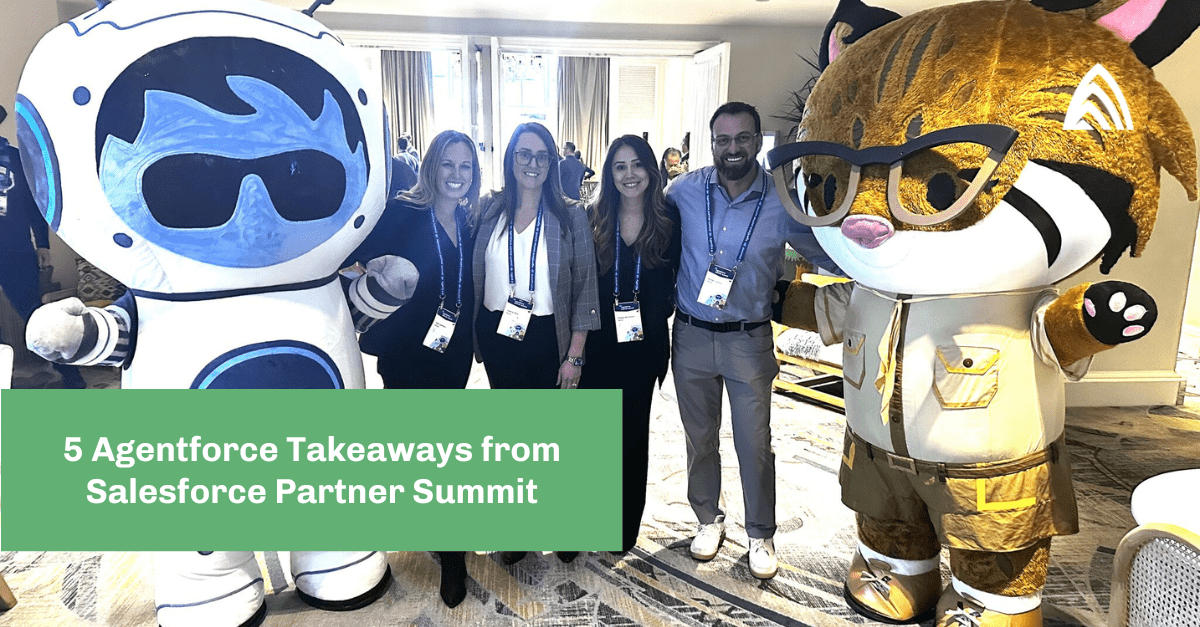Why, despite all the hype and investment, are most companies still not seeing a return on their generative AI (GenAI) investments?
According to a new report from MIT’s Project NANDA, a staggering 95% of organizations are getting zero P&L impact from their efforts. We’re now collectively referring to this phenomenon as “The GenAI Divide.”
What’s keeping companies on the wrong side?
It’s not about the models themselves or a lack of trying. In fact, most companies are exploring or piloting GenAI. The real problem is a learning gap.
Most enterprise-grade GenAI tools are static and don’t learn from feedback, adapt to context, or improve over time. They’re brittle, over-engineered, and often don’t fit into existing workflows and business processes. GenAI tools aren’t one-size-fits-all; they need to leverage your data and be flexible enough to fit your unique way of operating to drive meaningful value.
While official, company-sanctioned tools are stalling, employees are already bridging the divide on their own. In our experience (and supported by research), a “shadow AI economy” exists where workers utilize personal tools like ChatGPT to automate their jobs, yielding real results. This shows that people are ready for AI — they just need the right tools.
4 strategies for crossing the divide
Successfully crossing the GenAI Divide requires business leaders to understand that success isn’t just about the technology; it’s about the approach and incorporating AI into business processes.
1. Start with goals first
Instead of looking for a place to force AI, start by identifying pain points in the business processes today. Too many companies look for AI solutions that have been developed for the masses and a “quick win” to say they are using AI, instead of finding a problem or area lacking efficiency, and trying to solve it.
2. Focus on the right functional areas
While sales and marketing get a lot of attention — and a large chunk of the budget — some of the biggest wins are happening in the back office. The highest ROI often comes from automating business operations in areas like customer service and finance, with measurable savings through efficiency gains and reducing costs associated with Business Process Outsourcing (BPO), external agency use, etc.
3. Choose experienced partners
Don’t just settle for quick wins. Instead, focus on scalable, enterprise-ready solutions. The key is to partner with organizations that understand business processes, can provide outcome-oriented support in implementing AI-driven solutions, provide context-based tools that are grounded in relevant data, are adaptable, and learn from previous interactions.
Look for partners who understand your workflows and can help you design solutions that address high-value business problems, utilizing capabilities that align directly with your business processes, tools, and data. Think about the entire experience, not just a single use case.
4. Work from the bottom up
Forget the idea that budget or complex integrations are the biggest barriers. It’s about organizational design. Success depends on decentralizing work with clear accountability.
This means moving away from a top-down approach and empowering your frontline managers to source and lead AI initiatives from the bottom up. When it comes to vendors, treat them like BPO partners and hold them accountable to business-focused outcomes, not just software features.
How successful companies are getting results
- They buy (not build): According to MIT’s report, companies that build proprietary GenAI systems internally succeed only one-third as often as those that purchase and implement AI tools from specialized vendors and partners. These companies get to a solution faster and with a better operational fit, resulting in faster time to value, more adoption, and recognized ROI.
- They empower the front lines: Instead of centralized “AI labs,” the most effective organizations empower frontline managers and “prosumers” to find and implement solutions for their specific needs. (At Atrium, many of the successful AI implementations we’ve done involved the use of cross-functional teams to validate and iterate on AI results to ensure that we built something accurate and useful.)
- They prioritize learning and integration: The best-in-class buyers are treating AI vendors more like business partners than software providers. They demand deep customization and evaluate tools based on business outcomes, not just technical benchmarks. The key is choosing a system that learns and adapts to their specific workflows.
The window to cross the AI Divide is narrowing. As more companies lock in learning-capable systems, they are creating a competitive advantage that will be difficult for others to overcome.
The future of business is the “Agentic Web,” where autonomous systems work together. The organizations and vendors that can deliver and adopt these adaptive, deeply integrated systems will be the ones that succeed in the next wave of the AI economy.
Atrium’s GenAI experts can help you turn hype into ROI
Crossing the GenAI Divide requires solutions that learn, adapt, and integrate seamlessly into your business. Atrium helps organizations unlock ROI by embedding AI solutions into real workflows, with tools like Salesforce Agentforce.
If you’re ready to move past experimentation and achieve measurable business outcomes, connect with us to learn how Atrium’s generative AI services can help you cross the divide and lead in the next wave of AI adoption.








